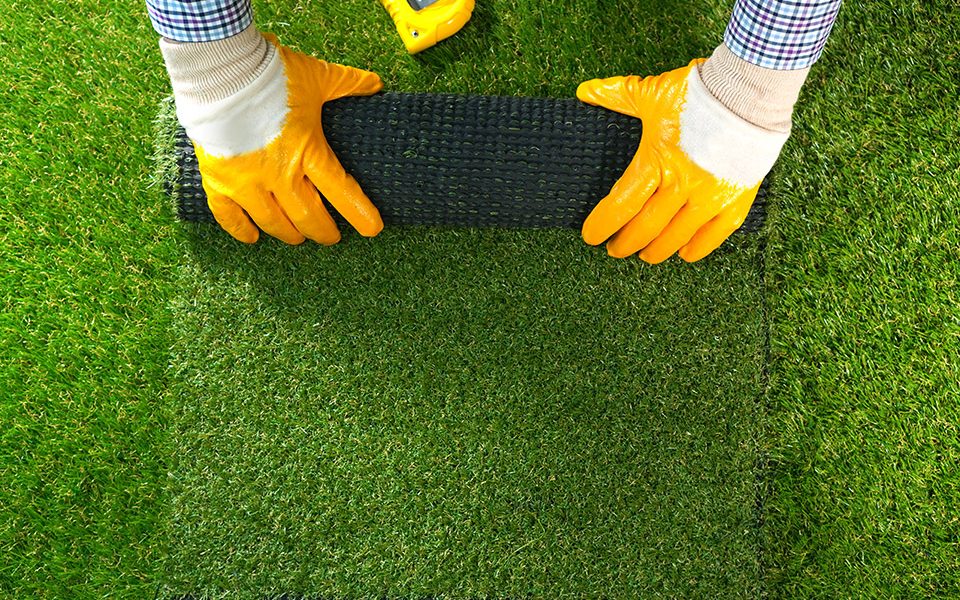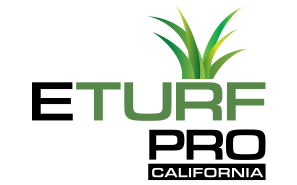Can Artificial Turf Be Removed And Reused?
Are you looking to remove and reuse your artificial turf? Get tips on properly removing the grass, reducing waste, and saving money by repurposing your artificial grass today!
The incredible longevity of artificial turf is, without a doubt, one of its most significant selling points. Once you install it, you will enjoy many years of beneficial service. Your installation can last even longer by purchasing the best quality available, having it installed professionally, and spending a little time on its maintenance.
Unfortunately, even the most durable and highest-quality artificial turfs don’t last forever. Many will have outlived their usefulness after a decade or two. It begs the question, what happens to artificial grass when it has served its purpose? Can it be removed and reused instead of discarded in landfills?
The answer is a resounding yes. Nowadays, new and innovative removal techniques allow materials used in artificial turf to be reused and even recycled.
Removing Artificial Turf
You may take out your synthetic turf and reuse it elsewhere as time passes. Yet, the process can be daunting. You will need various equipment and highly skilled professionals to execute it.
But if you choose to do it yourself, these steps will streamline the process:
Step 1: Get Ready for the Job
Before removing your artificial grass, it’s crucial to be well-prepared. Start by removing any obstacles in the area, including equipment or furniture. Afterward, gather your tools. You will need a rake, wheelbarrow, utility knife, gloves, and shovel. If the turf Is glued down, you’ll also require a scraper and a pry bar.
Step 2: Remove the Top Layer
Using the utility knife, cut the artificial grass into manageable pieces, lift them with the shovel, and put them in the wheelbarrow. If the synthetic grass is glued down, use the scraper and pry bar to loosen the adhesive before lifting the turf.
Step 3: Remove the Base Layer
After removing the top layer, you must also remove the base layer. It’s usually made of gravel or crushed stone. Scoop up the bottom layer using your shovel and load it into the wheelbarrow. You may need to make several passes to remove the base layer based on its thickness.
Step 4: Prepare the Area for New Landscaping
Clean up the area after removing the foundation layer and the artificial turf. Smooth rough spots with a rake, and remove any debris left with a shovel.
Recycling Artificial Turf
Nowadays, people are becoming too committed to sustainability. It has led to many technological advancements that make the recycling process of artificial grass a breeze. Many businesses are keen to recycle these synthetic materials.
Recycling artificial turf involves converting its components into usable resources. Landscaping materials are separated, processed, and recycled most effectively. Afterward, they are converted into raw materials used to create new goods.
For example, once plastics are detached from the artificial grass, they may undergo a procedure known as “re-pelletizing.” Here, plastic components of the turf are cut, melted, and then formed into pellets that are used to create a wide range of extruded plastic materials.
Recycling helps companies reach a point where they can make second-hand turf available to customers. Since it’s used, synthetic turf is made available at a friendlier price than new artificial grass and an intelligent approach to conserve the environment further.
Popular Ways to Repurpose Artificial Turf
Though repurposing synthetic grass shouldn’t be considered recycling, it’s an option to prevent tossing your turf in a landfill. After you’ve replaced your old artificial turf, several reusing options exist.
Some of the most common options include:
Creating Grass Cushions
Old turf can be reused as a beautiful outdoor cushion to pop a flat outdoor seating area. You could construct large pillows to set out for a picnic or add cushions to a chair or bench for comfortable seating. They’ll still stand out and get the most compliments, whichever way you may want to use them.
Table Decorations
Why not make a piece of reused turf the centerpiece of your creative tablespace? You can easily repurpose artificial turf into a placemat or table runner for a garden-themed party or a safari. Besides its fantastic look, your visitor will be amazed by your creativity.
Gym Flooring
Since artificial grass is durable, you can reuse it as flooring in your home gym. During your workouts, the grass will offer a low-impact surface that can bear sweat and heavy use. It will be much cheaper than buying and installing brand-new flooring.
Bringing it Inside
Reusing artificial grass isn’t limited to outdoors. So, you can take it indoors. You could use it in your kids’ playroom or bedroom. This is especially important if your kids prefer a playful, jungle, or sports-themed room.
Artificial turf could be a fantastic option if kids like to play rough. It’s also ideal in a playroom because it’s more durable than carpet. Another great idea would be to surround the playhouse with artificial grass as a decorative accent!
There are many other options to explore when reusing artificial turf; your creativity is the only limit. There are unending options; if you can come up with a new use for the turf, explore it. You can use it knowing it’s entirely safe in any application you imagine. If you have any worries about its health and safety, consult an expert before reusing old artificial grass for a specific use.
Conclusion
If you have artificial turf and are prepared to replace it, seriously consider recycling before tossing it into a landfill. Consider reusing the material if it’s not possible to recycle it effectively. Your imagination is the only limit regarding the possibilities for reusing artificial turf. You can use it with complete confidence in any application you can think of. However, keep in mind that reusing isn’t the same as recycling.
Consult a professional before using artificial grass for a particular use if you have concerns about its health and safety.


